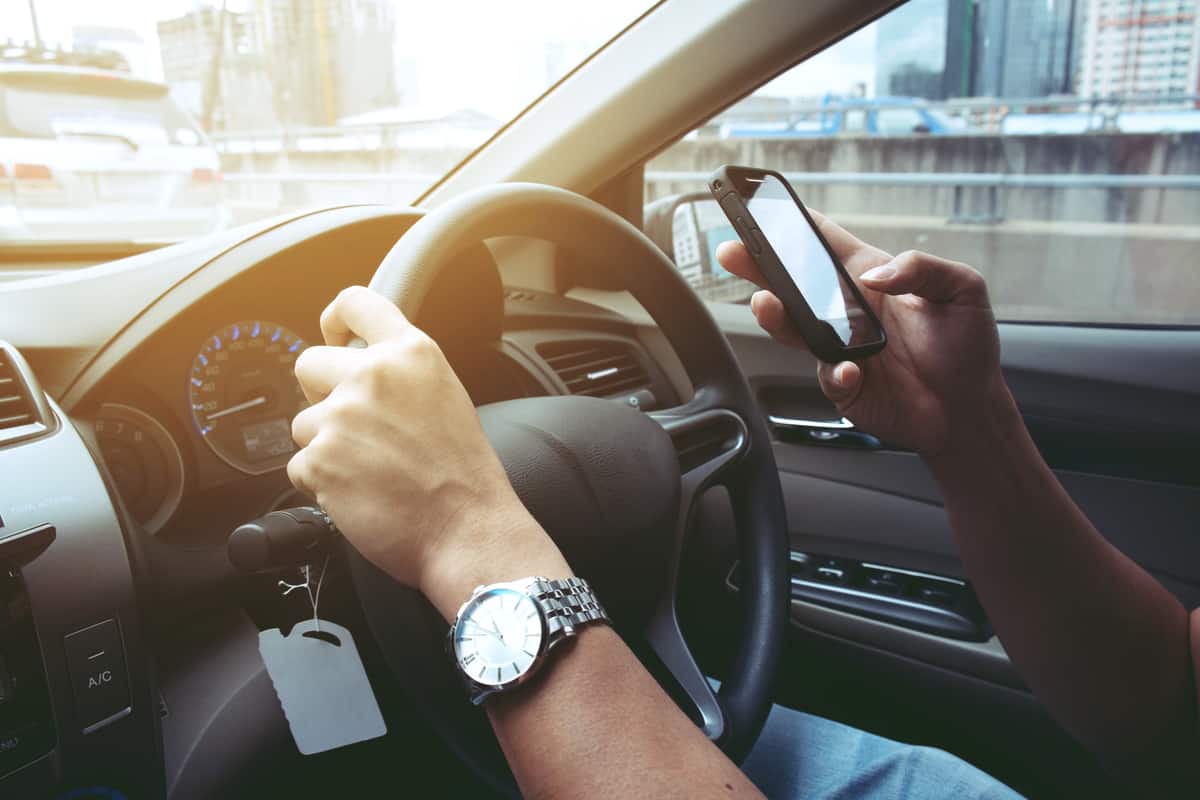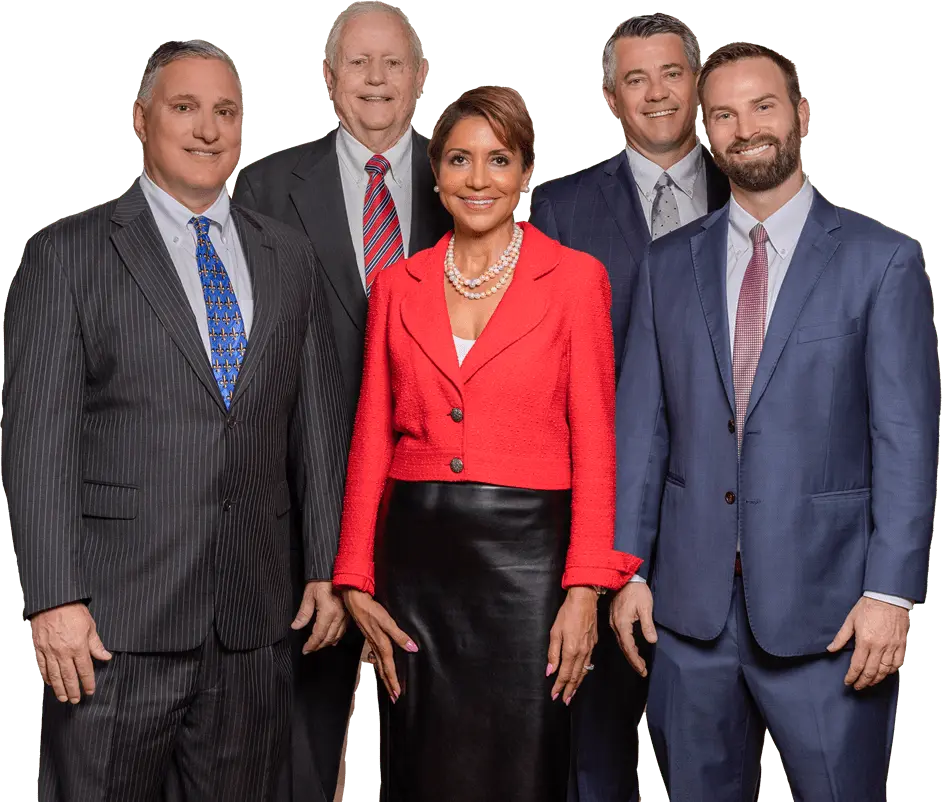
Distracted driving is easily one of the most dangerous behaviors a driver can engage in behind the wheel. When you think of a driving distraction, it’s likely that cell phones or texting and driving are the first things that enter your mind. Hand-held cell phones are indeed dangerous driving distractions, attracting attention from federal and state agencies. Yet, drivers succumb to a variety of distractions that can lead to treacherous traffic accidents.
Below we offer more in-depth information about what qualifies as distracted driving, statistics associated with distracted driving accidents, ways to avoid distracted driving when you are behind the wheel, and steps to take if a distracted driver injures you in an accident.
Government agencies at local, state, and federal levels share a concern for the dangers of distracted driving. They agree upon the broad notion that distracted driving is any activity that visually, manually, or cognitively impact a driver’s ability to operate their vehicle.
Anything that takes a driver’s eyes away from the road is a visual distraction. Examples include books, magazines, written directions, phones, GPS screens, digging in a bag or purse, and looking for something on the floor or in the backseat.
Any activity that takes a driver’s hands off the steering wheel of their vehicle is a manual driving distraction. Examples of manual distractions include adjusting vehicle features like climate controls, the radio, and seats. Eating snacks, drinking, reaching for items on the floor or in the backseat, and personal grooming are also examples of manual driving distractions.
Any activity that interferes with a driver’s ability to concentrate on driving is a cognitive distraction. Examples of cognitive distractions include loud music, unruly passengers, arguments with others in the car, daydreaming, texting, and emailing.
Keep in mind that a driving distraction can be more than one type. In fact, texting and driving is a triple threat that serves as a manual, visual, and cognitive distraction, making it especially hazardous. Similarly, reaching for something on the floor can be a visual and manual distraction for drivers.
Distracted driving occurs far more often than you might think, leading to alarming accident and fatality statistics:
You might think you can multitask behind the wheel, but the facts above show otherwise. Unfortunately, far too many drivers engage in dangerous distractions when operating their vehicles. You cannot control what others do in their car or truck, but you can do your part to help keep the roads safer.
Ultimately, do everything you can to keep your hands on the wheel, mind on driving, and eyes on the road. If you are distracted by something, pull over to regroup. Not only will you save your own life and avoid injuries, but you avoid causing an accident that could harm others.
If another vehicle causes an accident or a driver hits you while you are walking or on your bike, you may or may not see if the driver was engaged in distracting behavior. However, traffic cameras, security footage if you are in a busy area, or eyewitnesses might have seen what happened. Make sure to get contact information from any eyewitnesses who stop at that accident.
It’s always in your best interest to consult with an experienced accident attorney to protect your rights and help you seek compensation when another causes an accident. If you hire a lawyer, they can investigate the accident, which includes requesting cell phone records. This can prove whether a driver was talking or texting when they hit you.
Other steps you should take after an accident with a distracted driver include:
It’s crucial that you make sure you do not have any life-threatening injuries. Some accident injuries, like brain injuries, do not show symptoms immediately. Other times, seemingly harmless soreness can indicate internal injuries or bleeding. Your health should be your top priority. Additionally, failing to get medical documentation of your injuries can impact your ability to seek compensation for damages. Your medical record serves as valuable evidence that the distracted driver that hit you, in fact, did cause your injuries.
If you are physically able to gather evidence after a distracted driver causes an accident, you should do so. Sometimes at-fault drivers flee the scene of the accident, especially if you have to wait a long time for law enforcement to show up. Other times, police officers make mistakes. Use your cell phone, if it is still functional after the accident, to take photos of the accident scene, damage to your vehicle, and any visible injuries you have. You can also take photos of the other vehicle’s license plates and anything else you think might be relevant.
Prevailing in your accident injury claim against a designated driver means you need to show evidence of the economic and non-economic loss. You can prove economic loss with medical bills, pay stubs that show missed work, and receipts for any experiences related to the accident and your injuries. Keep a daily journal and write down how your injuries have impacted your life. This record can help your lawyer better place a value on your non-economic loss.
The skilled legal team at Charbonnet Law Firm has extensive experience negotiating, settling, and litigating accident injury claims. If you live in the greater New Orleans area, contact us online or call (504)294-5094 for a free consultation to discuss the details of your case and learn how we can help.

With over 50 years of legal experience serving families in the New Orleans area and surrounding Louisiana communities, our firm takes pride in providing clients with personalized legal services tailored to individual needs.